the interval of ouroboros
2020
explanatory panel about “Thirty-six Views of Mount Fuji, Soshū Shichiri-ga-Hama” left on the street light pole,
the lava of Mount Fuji used as a garden stone,
Mount Fuji-patterned wooden fittings left in the Japanese-style room,
various types of mineral water (all are spring water of Mount Fuji),
Japanese fishing rod left in the Japanese-style room,
sand, garden trees, refrigeration showcase, urethane foam, acrylic facade sign, timber, scaffold construction unit section pipes, etc
h.360 × w.744 × d.1086 cm
“Sumida Mukoujima EXPO 2020”
Sumida-Mukoujima, Tokyo, JAPAN
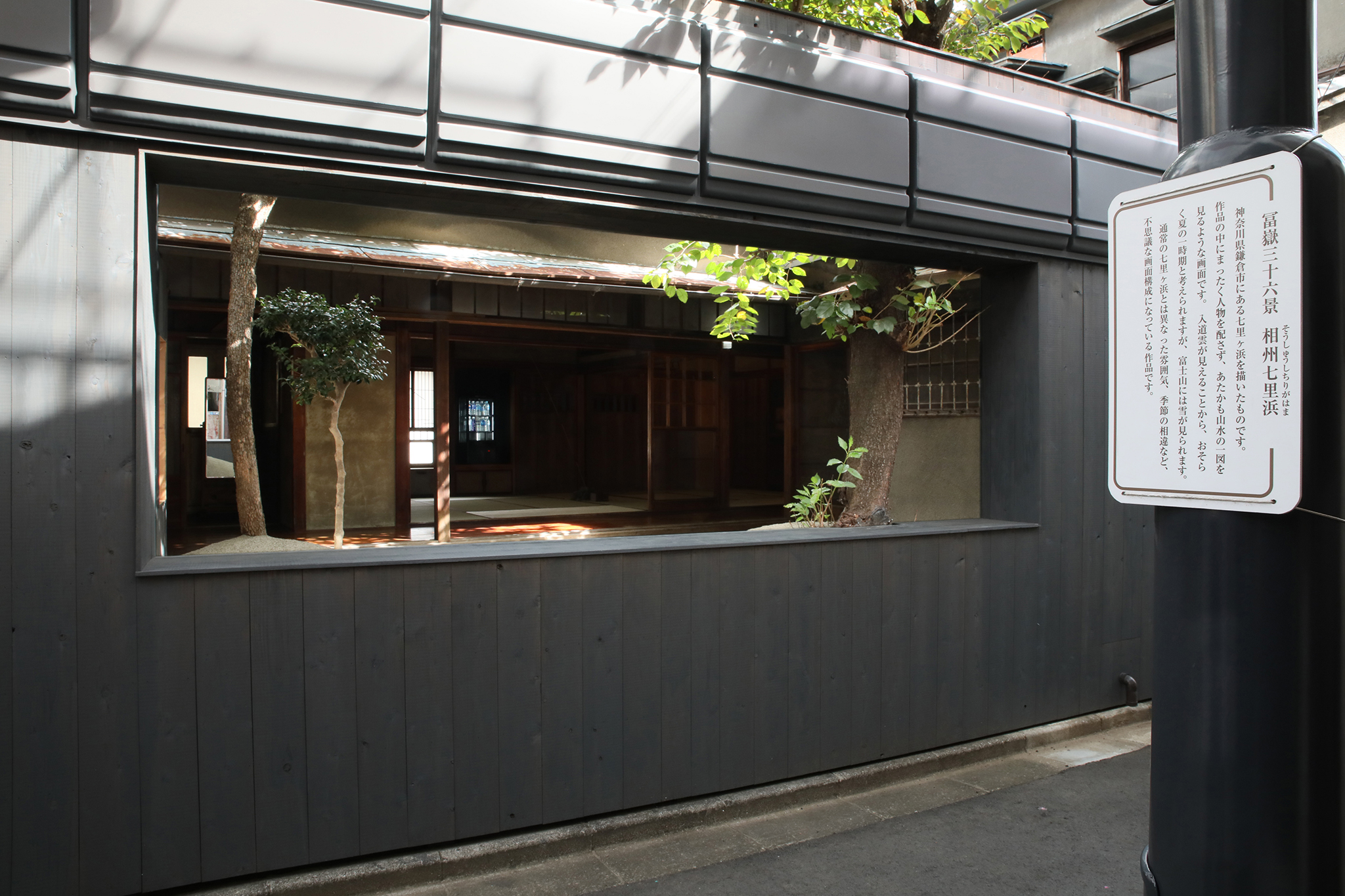
view of the newly created wall, garden and Japanese-style room
with the Ukiyo-e explanatory panel left on the street light pole.
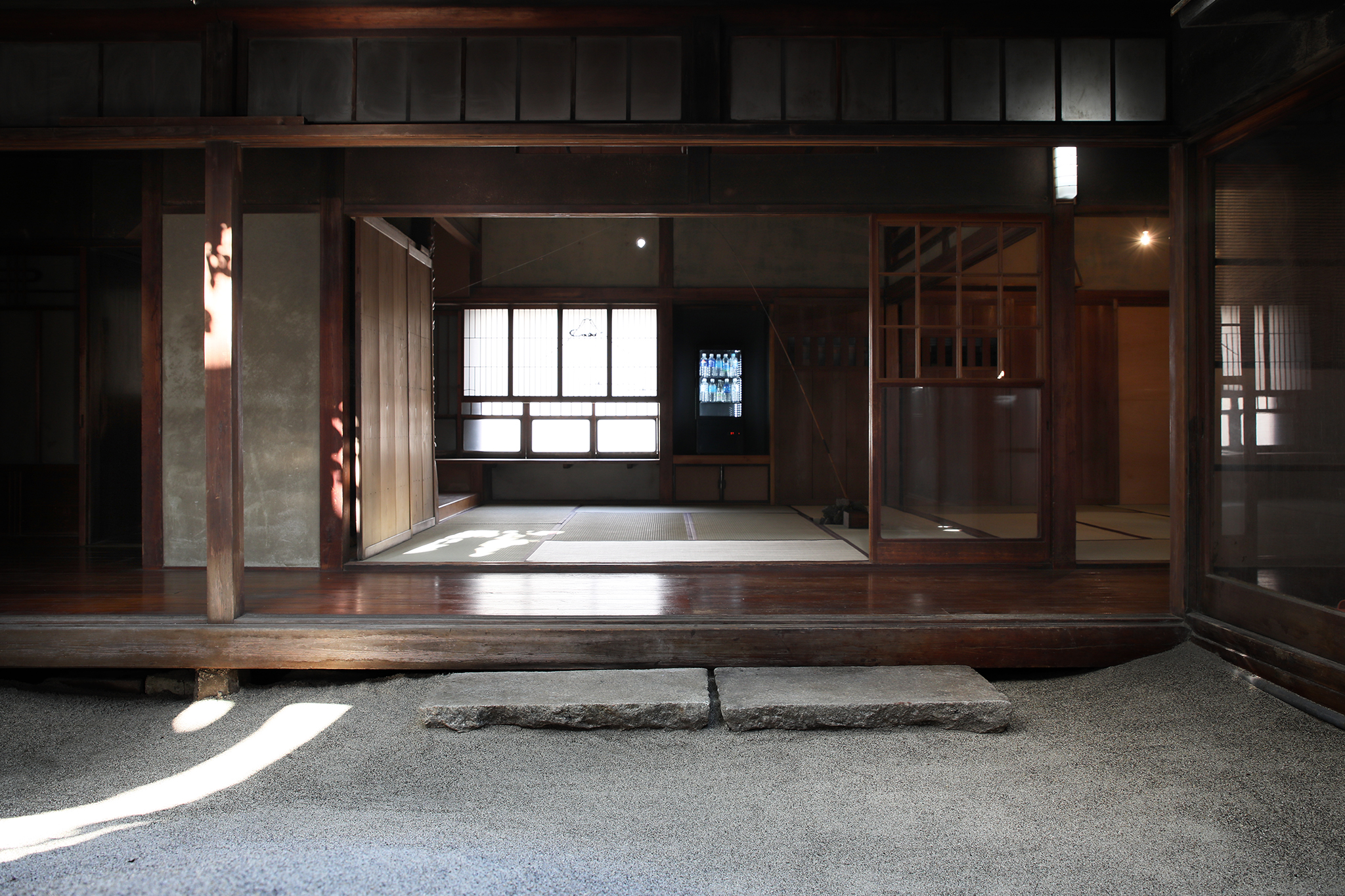
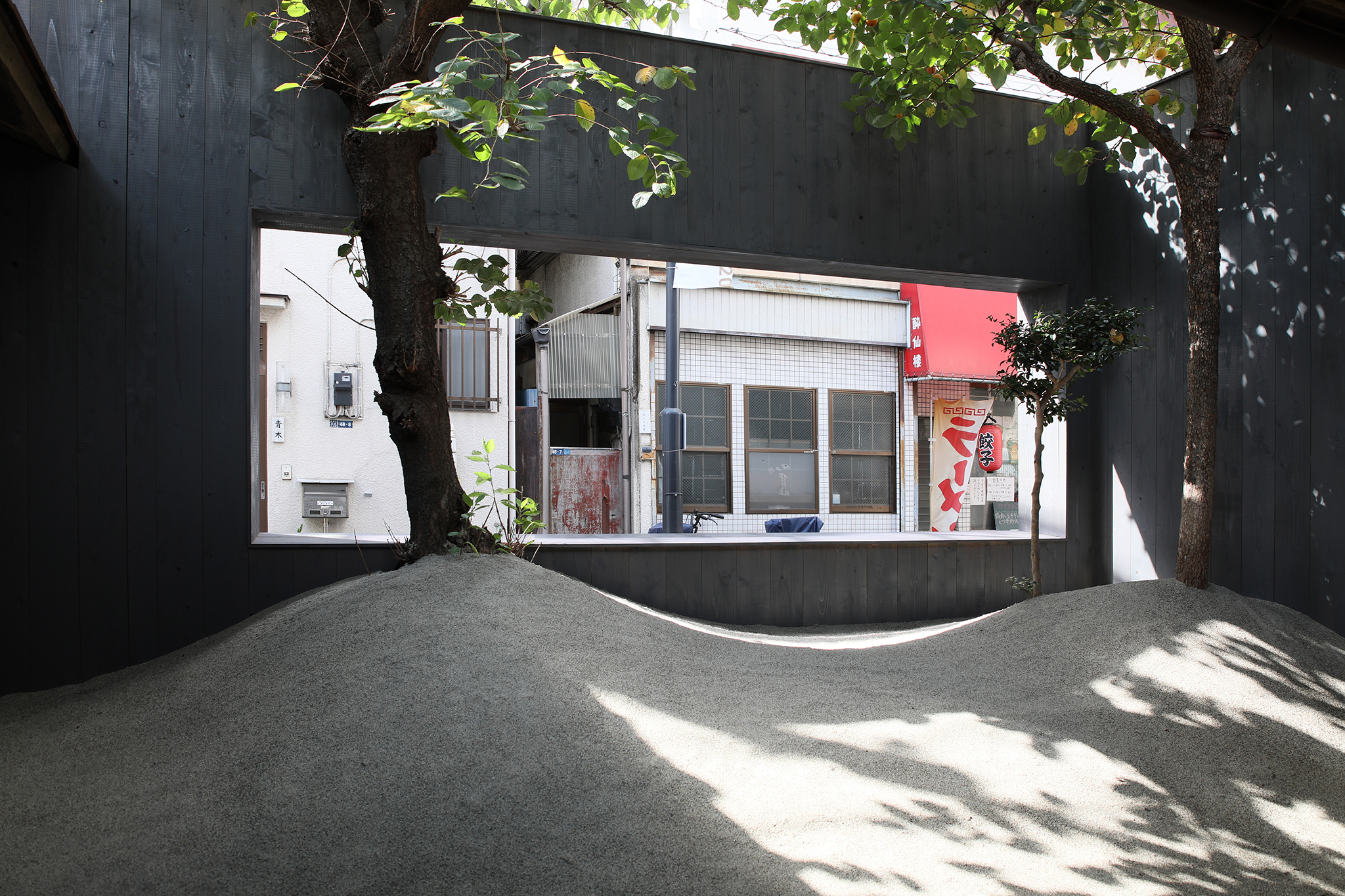
view of the newly created garden, which is represented a beach called Shichiri-ga-Hama (七里浜).
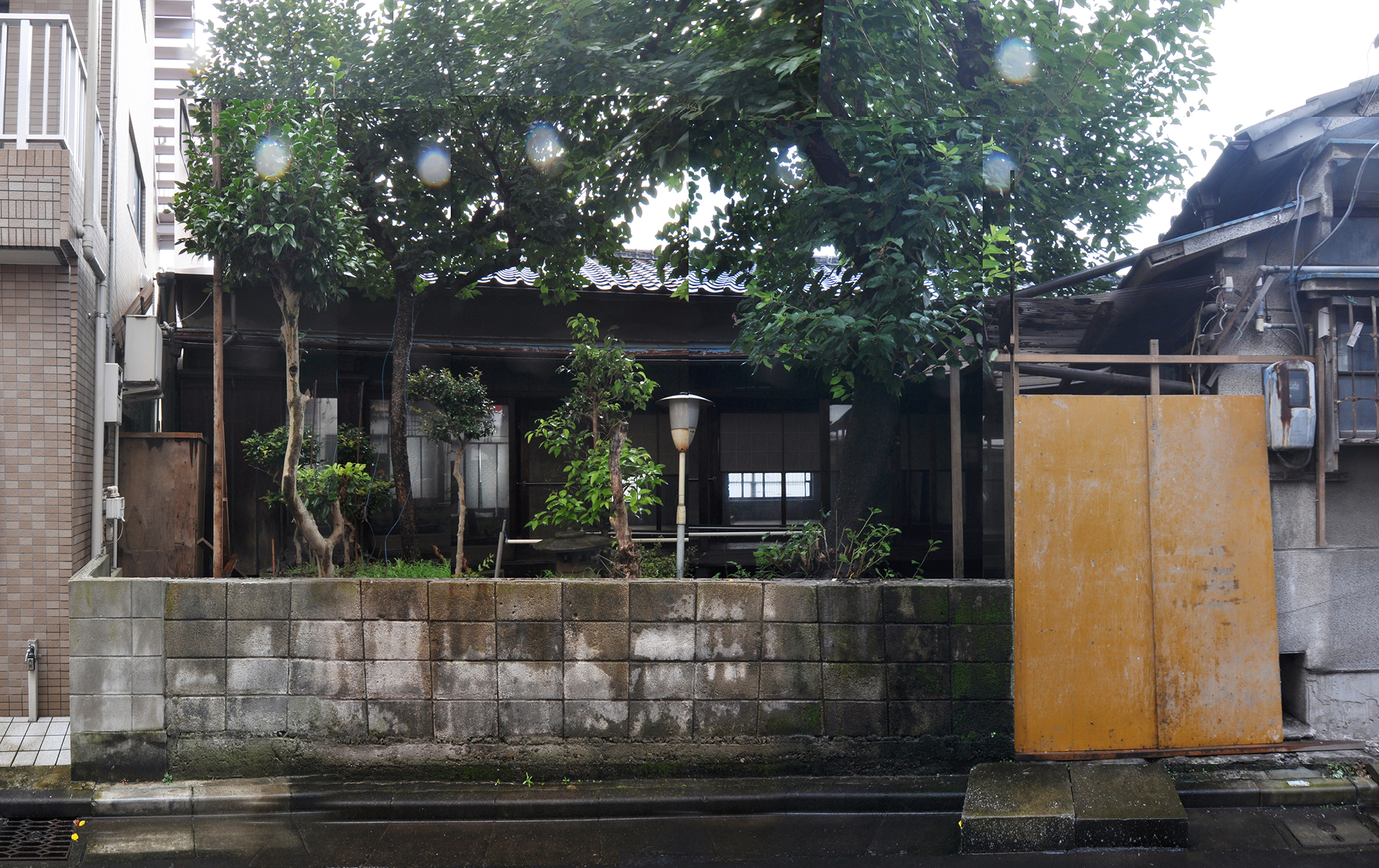
view of original wall, garden and Japanese-style room from the alley
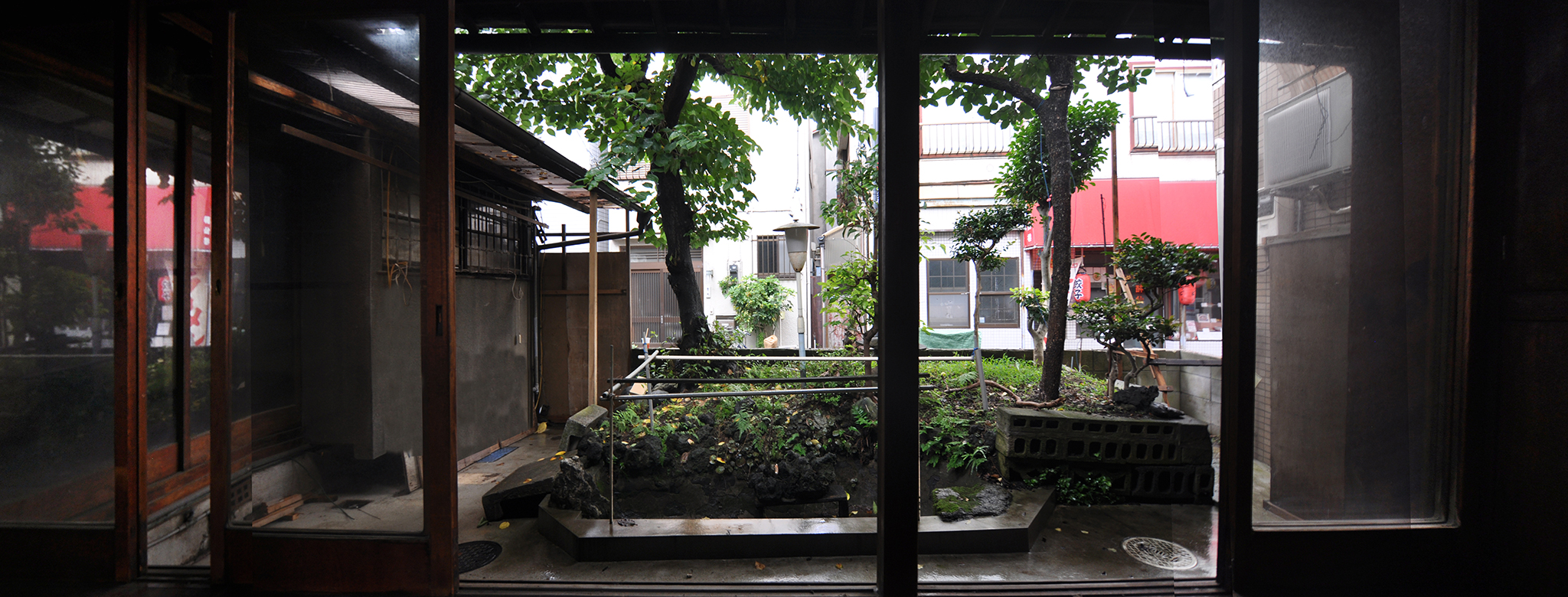
view of original garden from inside
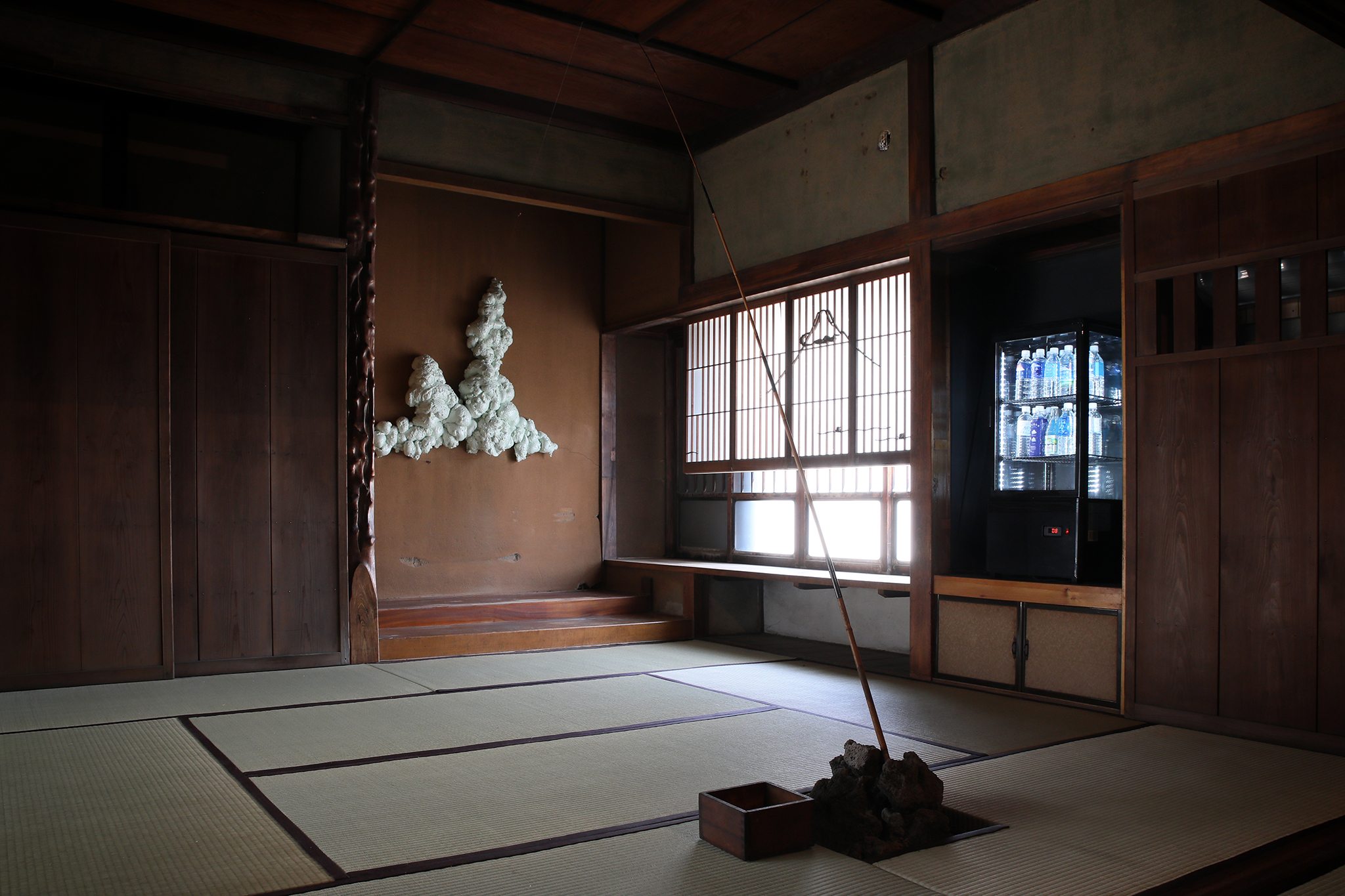
inseide view of Japanese-style room with several objects, which are represented several elements of the Ukiyo-e painting.
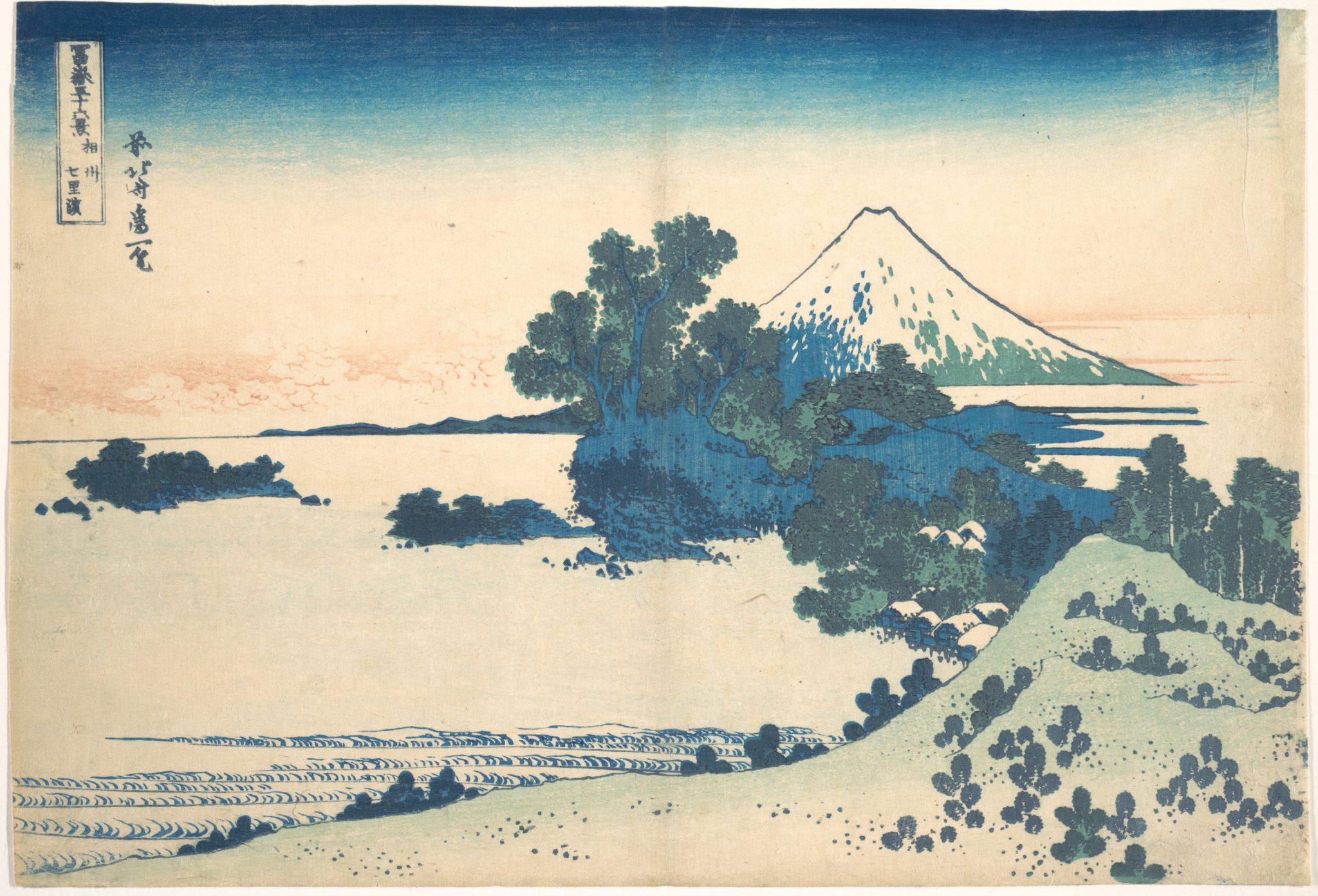
the Ukiyo-e painting called Soshū Shichiri-ga-Hama (相州七里浜).
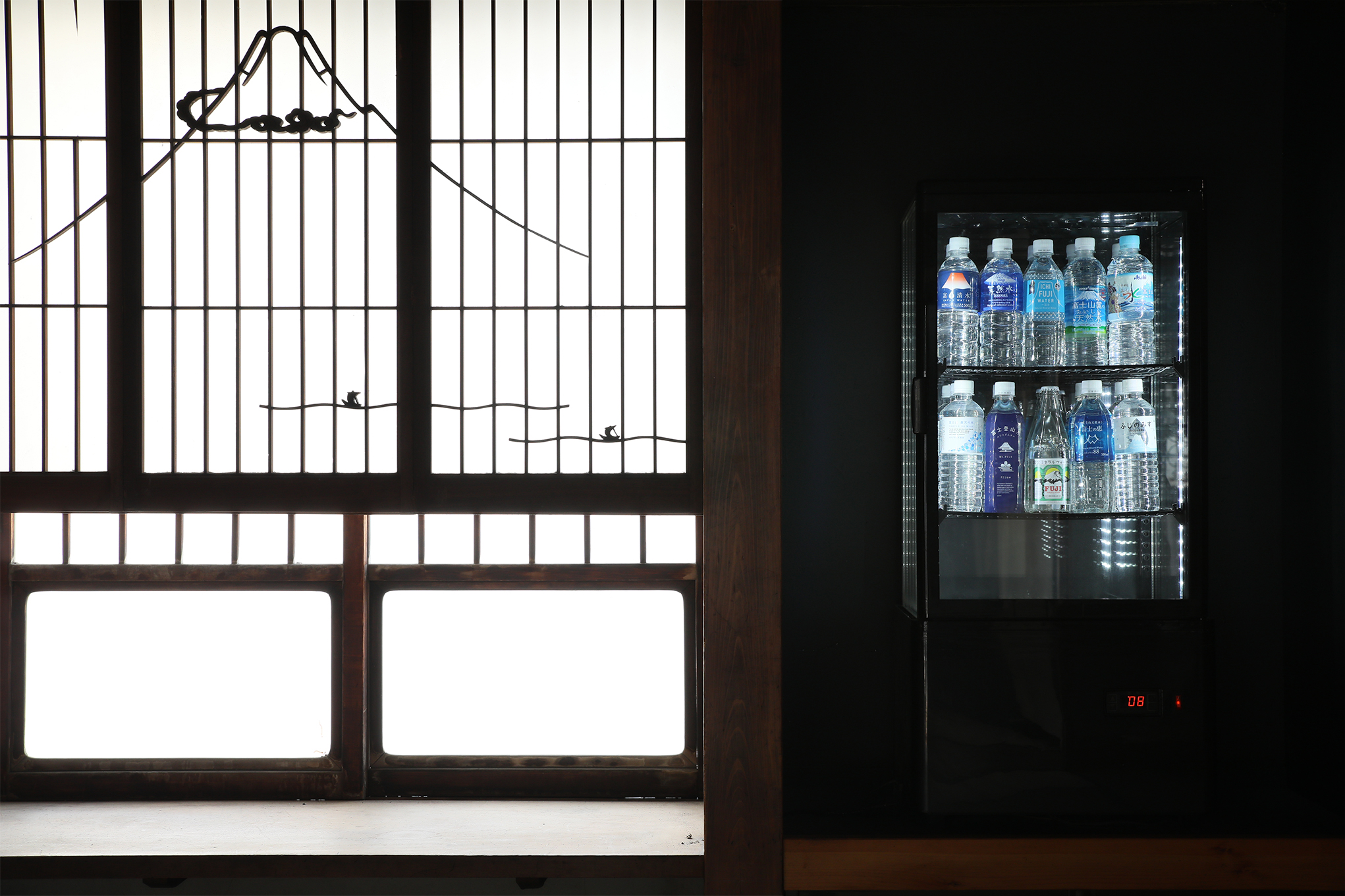
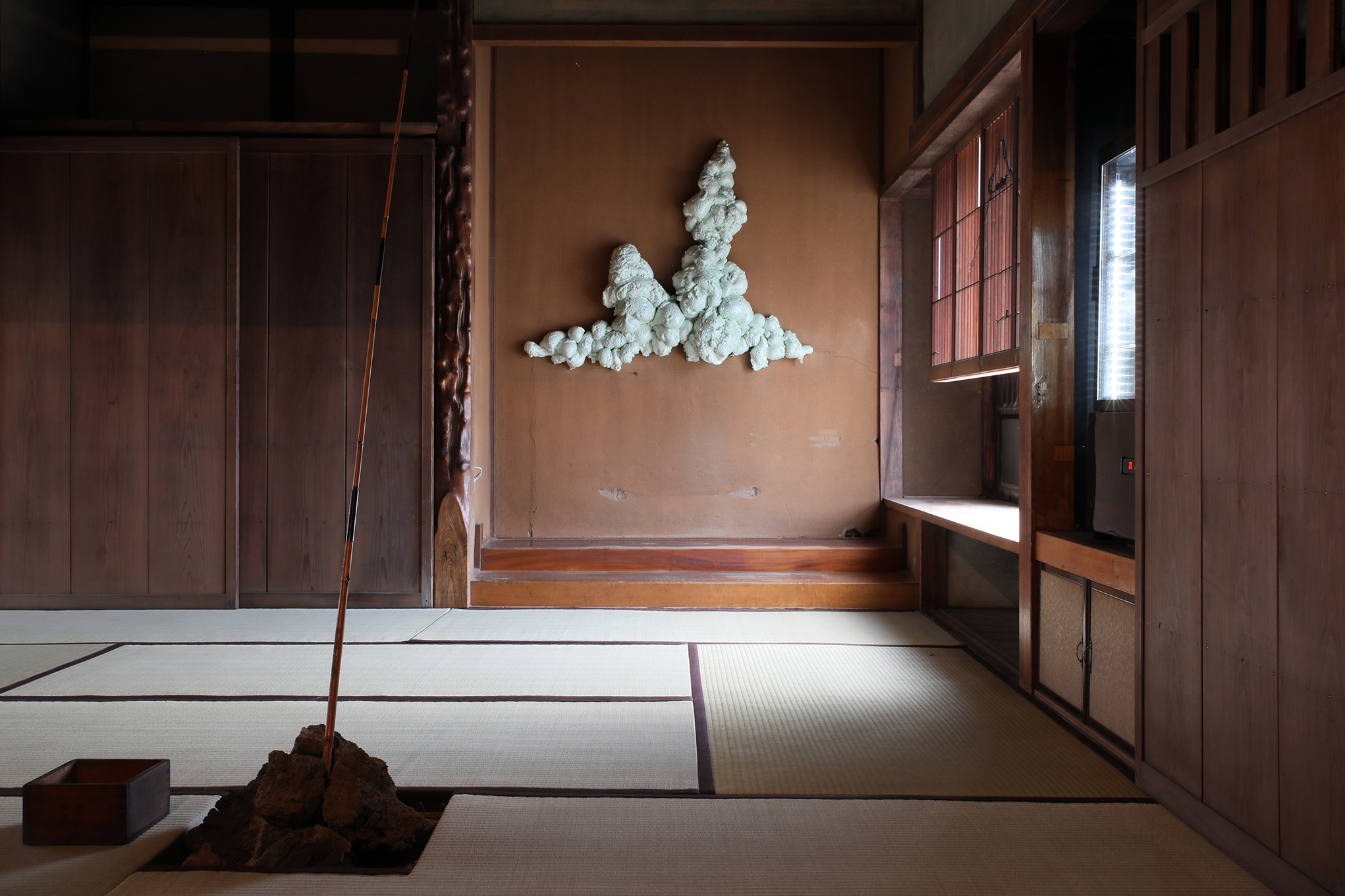
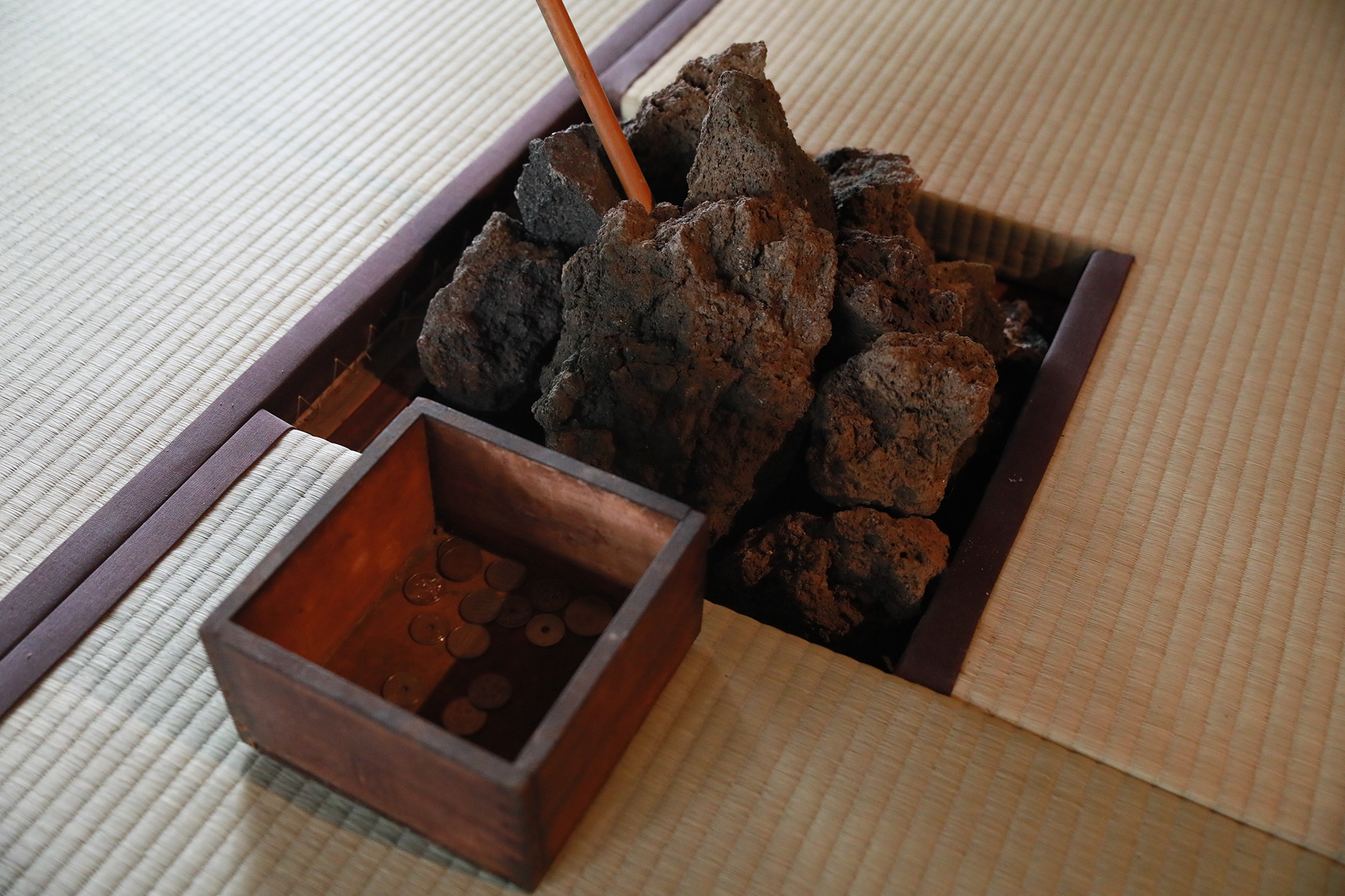
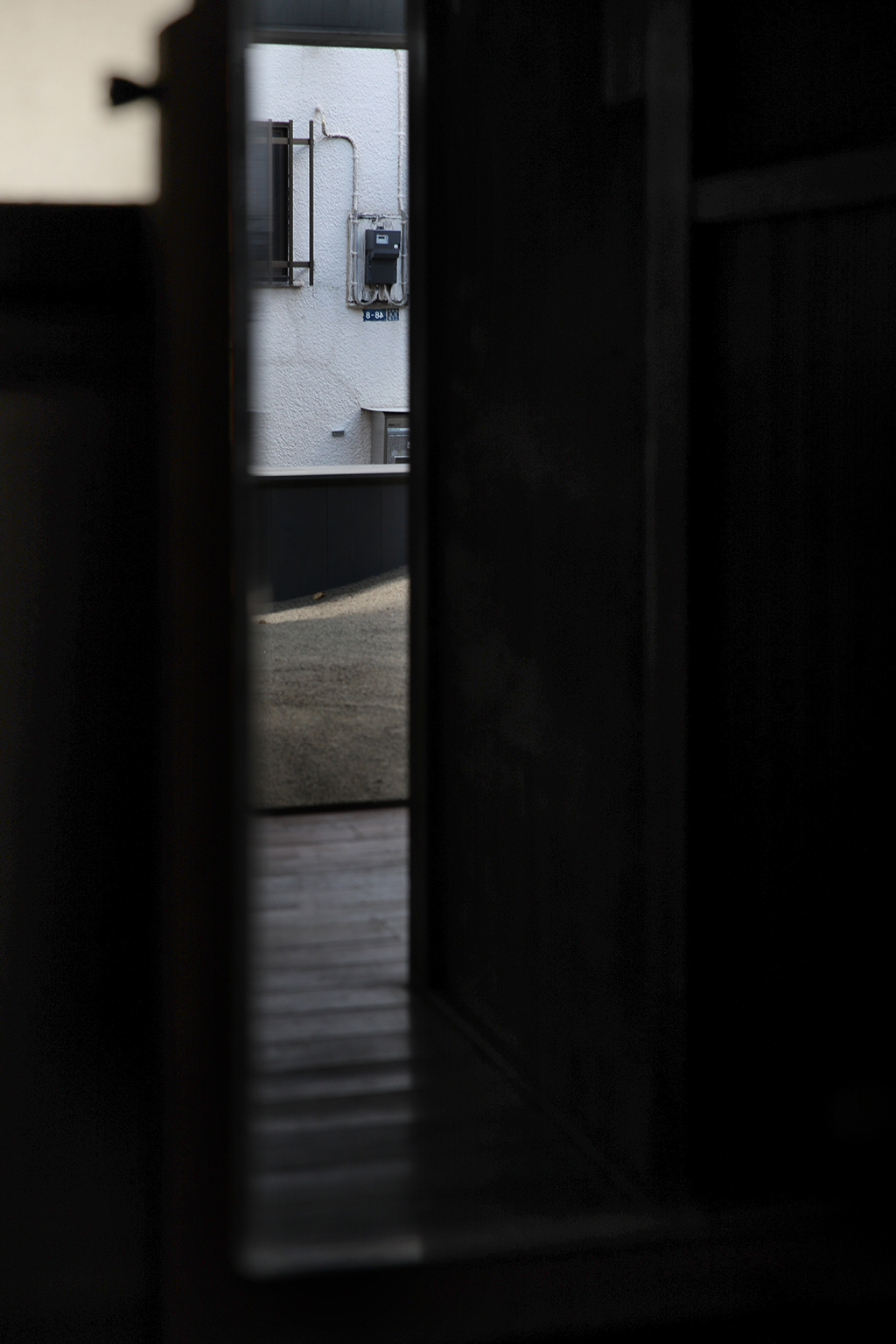
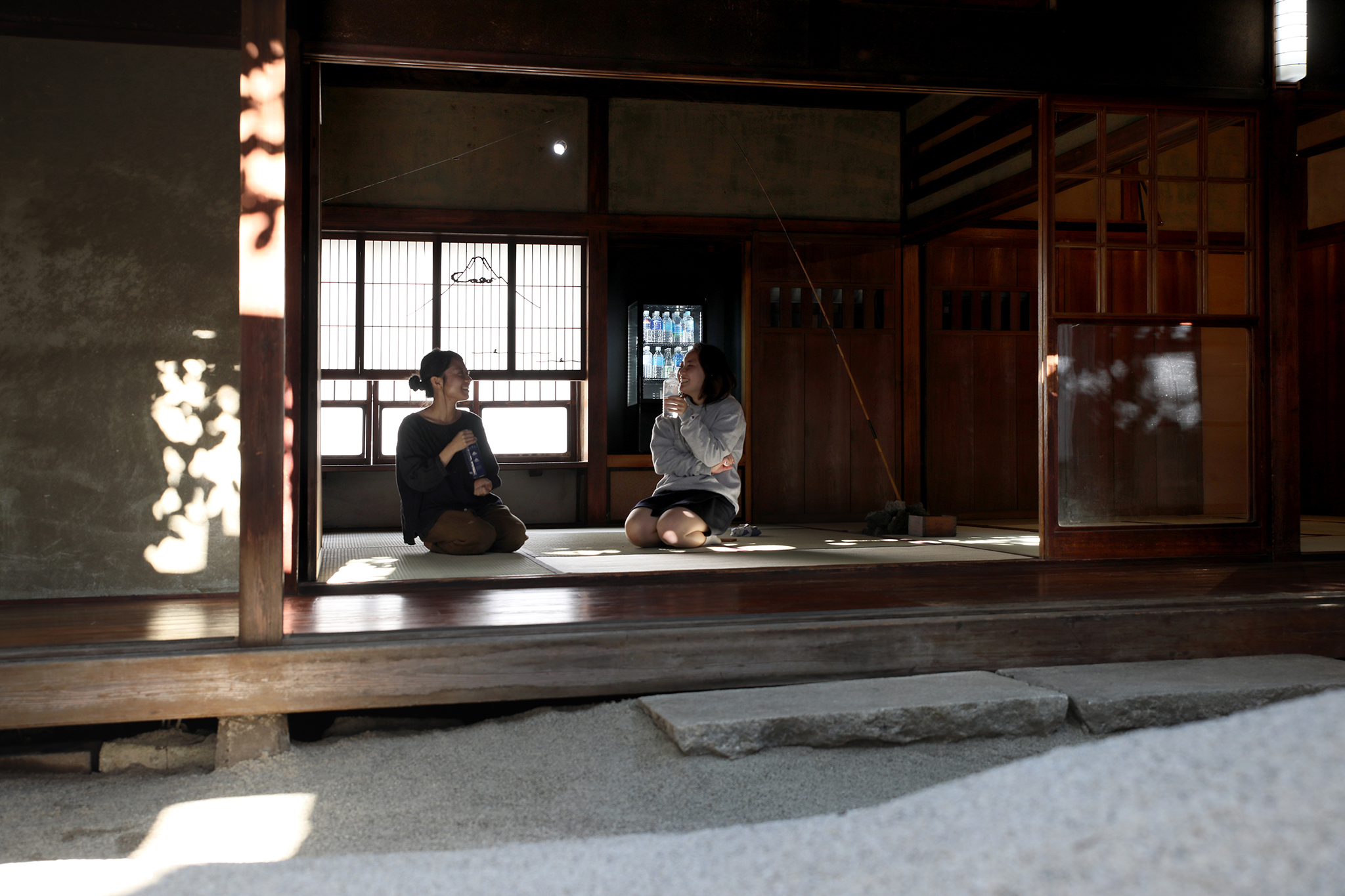
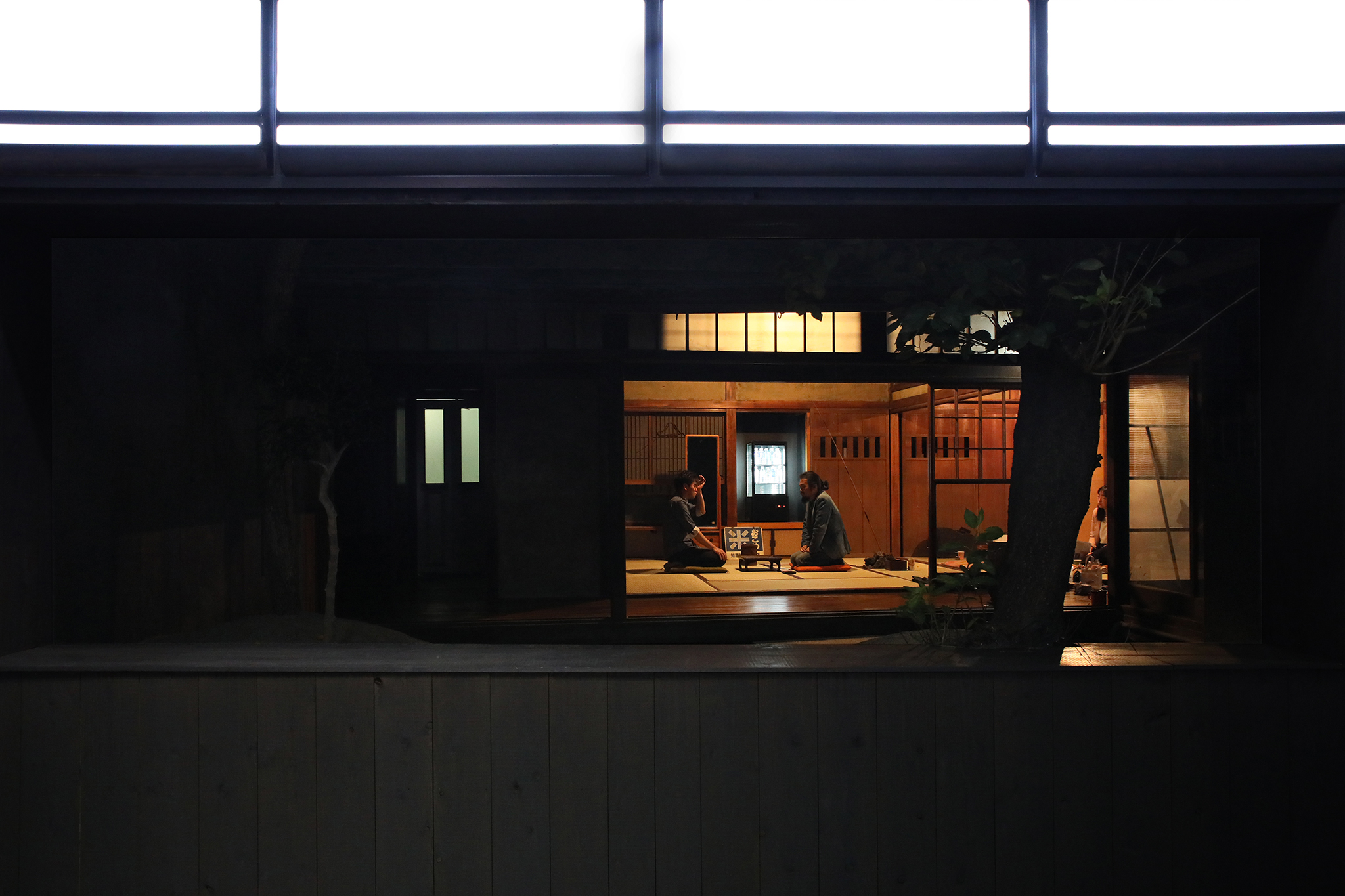
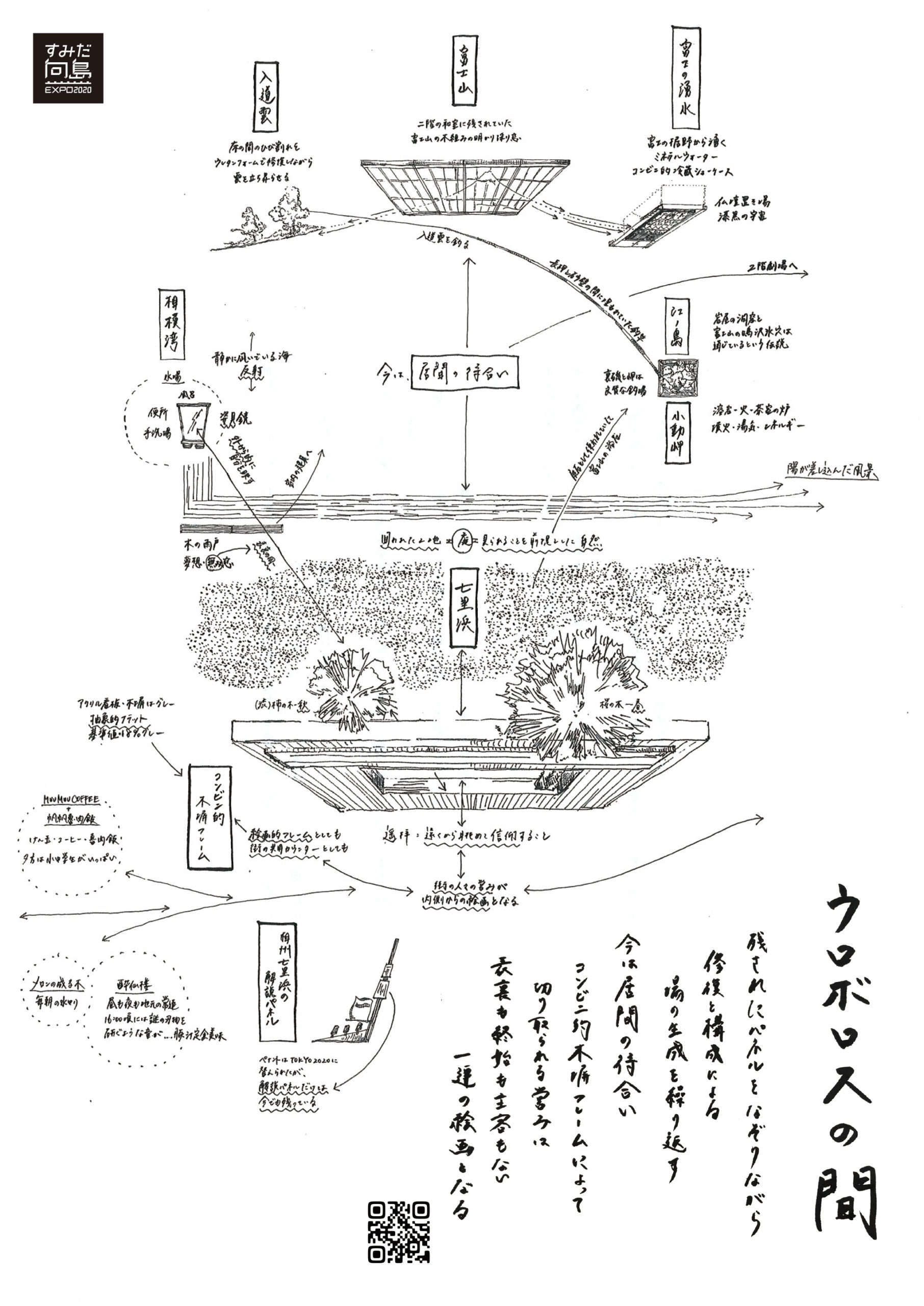
An explanatory panel about a single Ukiyo-e painting (Thirty-six Views of Mount Fuji, Soshū Shichiri-ga-Hama), which had already disappeared, was left on the street light pole. Using this as a guide, the wall was built like a frame for a painting, and objects were created while the garden and Japanese-style room were restored, making the whole into a single Ukiyo-e space. In other words, it was a simultaneous process of architectural restoration and adding pictorial elements.
The human activities created within a single ukiyo-e architectural space continue to expand the uniqueness of the context of the place as an ouroboros-like entity without front and back, beginning and end, subject and object.